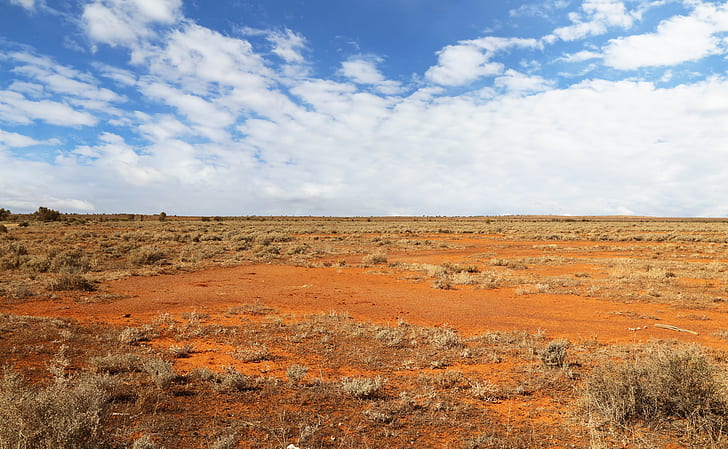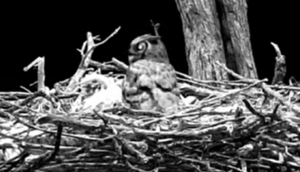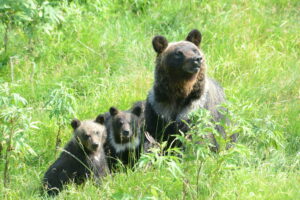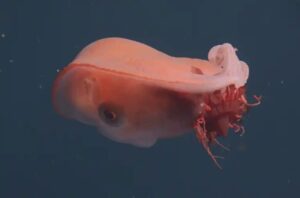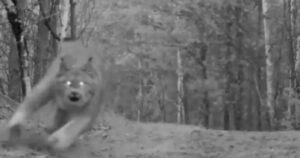Australia is the most notorious country on Earth for deadly wildlife. The red continent is thick with venomous snakes and spiders, toothy sharks and crocodiles, baby-eating dingoes, and the cassowary with its poison spur — the world’s most dangerous bird. Even pretty shells on the beach are actually venomous harpoon snails.
For 19th-century colonists from the British Isles, where anything more dangerous than an orb weaver was driven to extinction in the Stuart era, it must have been terrifying.
But a shocking new report from the National Coronial Information System reveals that Australia’s most dangerous animal is none of these death-dealing critters. It’s not even native to Australia.
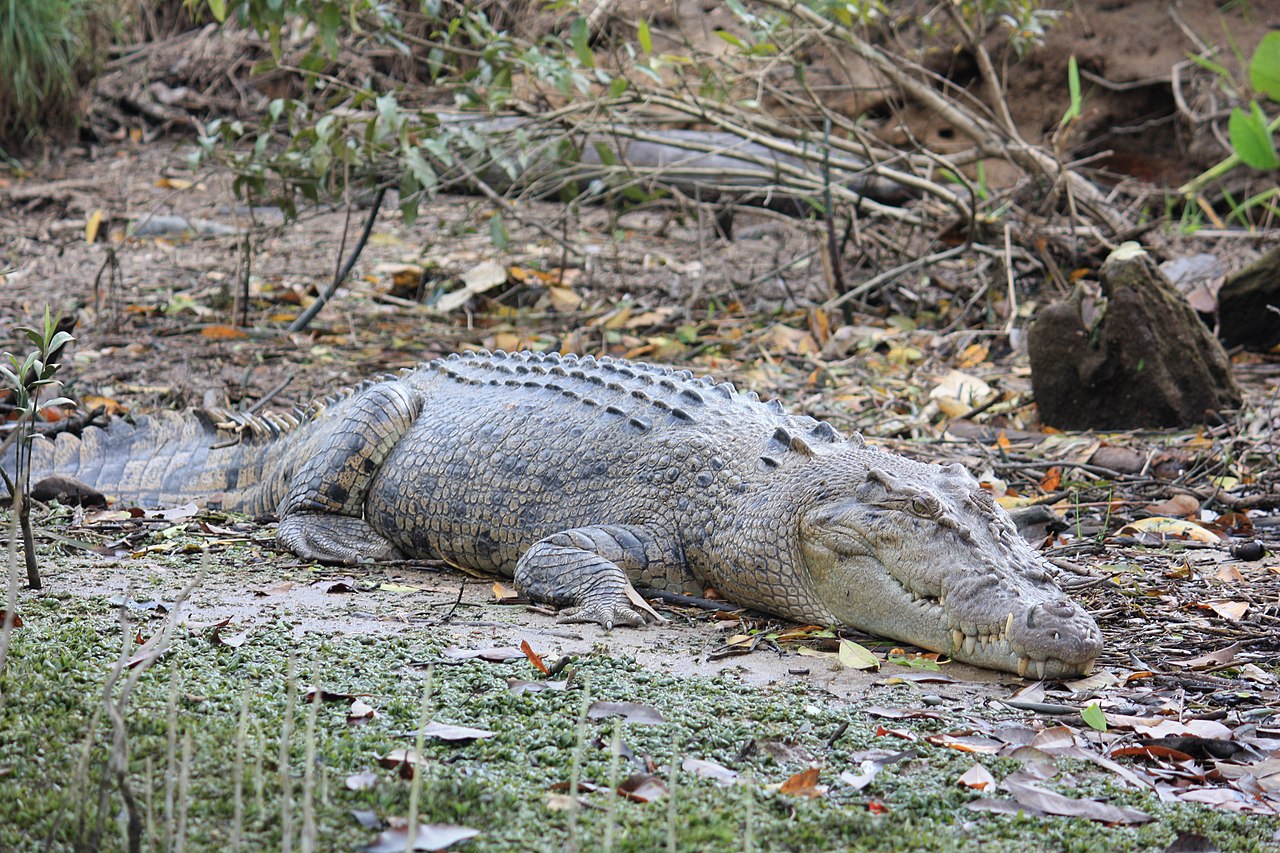
The saltwater crocodile (Crocodylus porosus) is the largest living reptile and also my favorite animal. It is not the deadliest animal in Australia. Photo: Wikimedia Commons
Deadly invaders?
I’ll cut to the chase: Australia’s deadliest animal is the horse. Nearly a third of the 713 animal-related deaths between 2001 and 2021 were due to horses.
The first horses came to Australia in 1788 aboard British colonial ships. By the mid-19th century, enough horses had escaped their Australian corrals to sustain a feral population. Around 400,000 of these so-called “brumbies” roam wild in Australia today. But it is the larger, domestic horse population which is responsible for most deaths.
Of those equine deaths, most (59.5 percent) were caused by falls. Twenty of the victims were jockeys, with 14.8% of deaths involving horse racing. A further 12 died at rodeo, dressage, and show-jumping events.
The runner-up in terms of deadliest animal is also an expat. The humble cow was responsible for nearly 13 percent of Australian animal-related deaths. Of these, around half were the result of blunt force — a bovine kicking or trampling a victim. Almost all the rest came in fatal vehicle/cow collisions.
It makes sense that horses and cows are deadlier than sharks and snakes, for the simple reason that people spend a lot more time around horses than they do among venomous serpents. One interaction with one horse is, statistically, fairly safe. When you multiply that by hundreds of thousands of yearly horse interactions, the accidents — and the deaths — start to pile up.
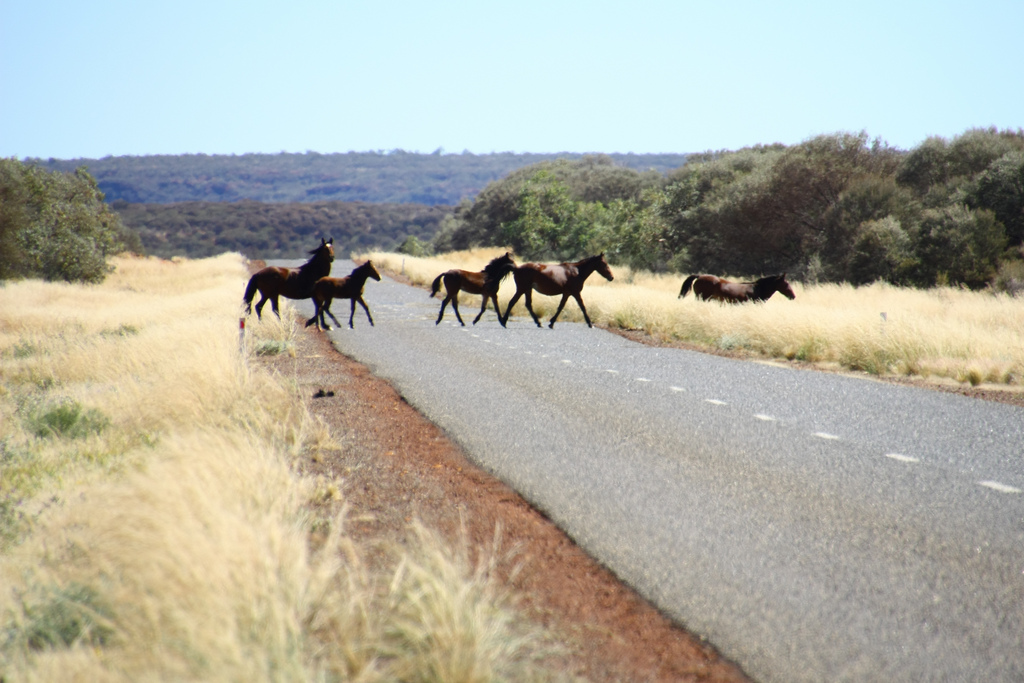
A small herd of brumbies crosses the road. It is unknown whether the word ‘brumby’ comes from a person’s name, an Irish word, or a word in one of several Aboriginal languages. Photo: Wikimedia Commons
What else kills you in Australia?
In fact, to get to a native Australian animal, you have to go all the way down to fourth place (third went to dogs), where you will find the kangaroo. While the kangaroo is a densely muscled pugilist, all 53 kangaroo-related deaths involved collisions with vehicles.
Snakes account for spot number five, earning the dubious honor of being the first non-surprising entry. The report found 50 deaths caused by snakes, with fatalities most common among the elderly.
Allergic reactions to bee stings caused forty-five deaths. Sharks and crocodiles are credited with 39 and 25 fatalities, respectively. Nearly all of these occurred while the victim was swimming. Between magpie swooping, emu, cassowary, and other incidents, 11 total deaths were attributed to birds.
Reputation does not always reflect reality. Although Australia has the deadliest spider in the world — the Sydney funnel web — not one fatal spider bite occurred between 2001 and 2021.
